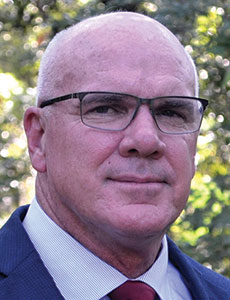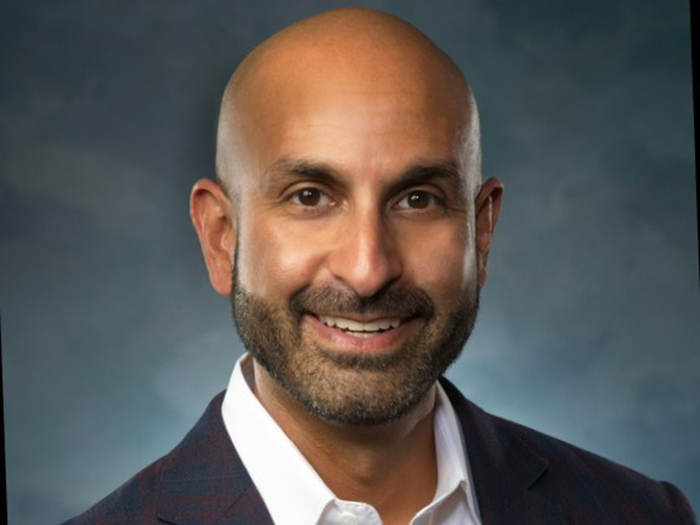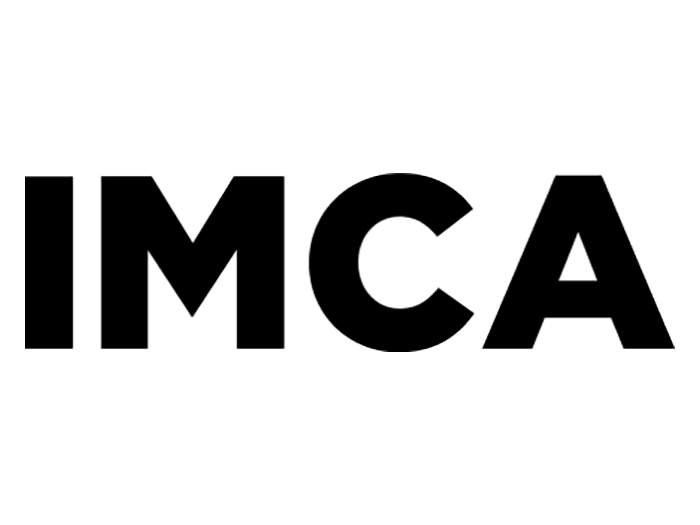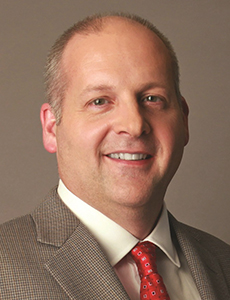2025 Theo Award Winner: North East Florida Educational Consortium
 The North East Florida Educational Consortium (NEFEC) faced a daunting challenge with its workers’ compensation program.
The North East Florida Educational Consortium (NEFEC) faced a daunting challenge with its workers’ compensation program.
Serving 12 school districts across 165 schools, the consortium was grappling with uncontrollable open lost-time claims and escalating medical bills that threatened to drain resources away from educational priorities. The situation demanded immediate action to protect both employees and the educational mission that serves thousands of students.
Patrick J. Wnek, executive director of NEFEC, knew the consortium needed to fundamentally change its approach.
The existing systems varied across school districts, creating inconsistencies that left risk managers without clear protocols when workplace injuries occurred.
Tackling the Problem
NEFEC, led by Director of Risk Management Robert Harley and Program Administrator Stephanie Symonds, embarked on a comprehensive transformation of its workers’ compensation program, partnering with PMA Management Corp. to implement a holistic approach that would standardize processes across all member districts.
The consortium focused on three critical areas: closing existing claims more effectively, building better initial incident response processes and ensuring employees received appropriate medical support from the outset.
“We focused on closing out those claims, but also building a better process for when that initial incident occurs and then having them report it and have the right resources available to them, as a person who needs medical support or medical help,” Wnek said.
The consortium established a collaborative framework that brought together risk managers from all 13 districts to serve as an advisory group. This approach ensured that best practices could be shared and that all districts would follow consistent protocols when workplace injuries occurred.
“Part of it was that we had built-in systems in place, but there could be some variations across school districts that we were working with, or even with the information that was available to those risk managers at the district level,” Wnek said. “We wanted to make sure that they had a very clear system and approach so that when something occurs, this is how we are going to treat it from this point on as a whole group.”
NEFEC recognized that managing 12 different districts required a sophisticated coordination strategy. The consortium leveraged its existing collaborative structure, where superintendents from member districts serve on the board of directors, to create alignment around workers’ compensation improvements.
The consortium implemented data-driven pre-loss strategies that examined injury frequency patterns across different groups within school districts. NEFEC provided targeted support and training based on these findings, reaching everyone from administrative staff and principals to district-level leaders working with food service and transportation departments.
“We came together to look at the data more deliberately and intentionally around the metrics, looking at frequency with different groups within a school district, and then providing them direct support and training,” Wnek said.
NEFEC’s approach extended beyond traditional risk management boundaries. The consortium integrated its HR network with the risk management advisory group, recognizing that many risk managers in smaller districts also serve as HR directors. This integration created synergies that improved both injury prevention and response capabilities.
The consortium established regular meetings and retreats for risk managers, bringing in third-parties to present on best practices and emerging trends. These gatherings became forums for sharing successful strategies and learning from each other’s experiences.
“We have meetings. We have a retreat that we do with our risk managers,” Wnek said. “Sometimes they serve in multiple capacities in small districts. They might even be the HR director. So there’s that synergy around what happens on the risk management side and what also happens on the HR side.”
Return-to-work initiatives became a cornerstone of NEFEC’s strategy. The consortium recognized that getting injured employees back to productive work quickly was essential not only for cost control but also for maintaining educational quality and continuity.
NEFEC identified high-performing districts within its network and used them as models for others. By analyzing data from successful districts and sharing their practices, the consortium created a peer-learning environment that accelerated improvement across all member districts.
Organization: NEFEC * Location: Palatka, Fla. * Number of Employees: 32,177 * Category: Education
“The great thing about working with multiple districts is that you can look at districts that have really good practices. They become the model, and then we can look at their data and have conversations around those systems that they have in place,” Wnek said.
The consortium established mentoring relationships between experienced risk managers and newcomers, ensuring that institutional knowledge was preserved and shared effectively. This peer support system proved particularly valuable given the turnover challenges that many school districts face.
Success to Build On
NEFEC’s comprehensive approach has delivered remarkable results that directly benefit educational programs across all member districts. Lost-time claims dipped from 2023 to 2024, while open claims were curbed significantly. Total workers’ compensation payments fell by 25%, with the average cost of claims dropping by 31%.
Perhaps most significantly, the number of employees out of work each month plummeted from 20 in fiscal year 2021 to just four in fiscal year 2024. This dramatic improvement means more experienced educators and support staff remain in classrooms and schools, directly supporting student learning.
The consortium also achieved a 13% reduction in reserves, which combined with reduced claims spending, has freed up substantial resources for educational priorities. These savings flow directly back into textbooks, facilities, extracurricular programs, and other services that support the consortium’s educational mission.
NEFEC improved the timeliness of claims reporting, with the percentage of claims received within three days jumping from 83% to 90%. This improvement ensures that injured employees receive faster access to appropriate medical care and support services.
The consortium’s success extends beyond financial metrics to encompass a genuine transformation in how workplace safety and employee care are approached across all member districts. The collaborative model has created a community where risk managers actively share knowledge and support each other’s improvement efforts.
“Our risk managers, they work so well together. There were some senior folks that have been there for a while, so when you bring somebody new on, you can pair them up with someone that’s been doing this for a while,” Wnek said.
NEFEC continues to expand its collaborative approach, planning to bring together risk managers with other leadership networks within the consortium. This integration reflects the consortium’s understanding that effective workplace safety requires engagement across all levels of school district operations.
“PMA Management Corp. is the proud claims and risk services partner of The Northeast Florida Educational Consortium (NEFEC) who has earned the Theo Award recognition this year. NEFEC was able to effectively reduce their total open workers compensation claims, lost-time claim inventory, claims payments, and reserves supported by PMAMC, said Michael Hurst, director of sales, PMA Management Corp.
“Most importantly,” he added, “NEFEC’s savings ultimately supported the member schools in meeting their core mission of educating their students. Congratulations and thank you for being a champion of workers’ compensation excellence.”
The consortium’s partnership approach has been instrumental in achieving these results. NEFEC worked closely with PMA and other service providers to ensure that all stakeholders understood the unique challenges and requirements of educational environments.
“I can’t say enough about our partners, and I can’t say enough about our superintendents and our risk managers and all that they do. It wouldn’t be possible without that collaboration and synergy that we have,” Wnek said. “It’s not just us, NEFEC, as the program director. It’s the whole group coming together, all of these different groups and our partners that make it possible.” &
 The Theo Award celebrates its sophomore year, honoring 32 workers’ compensation programs for their excellence and service to workers across the nation. To learn more about the award and amazing qualities each winner possesses, visit here.
The Theo Award celebrates its sophomore year, honoring 32 workers’ compensation programs for their excellence and service to workers across the nation. To learn more about the award and amazing qualities each winner possesses, visit here.












